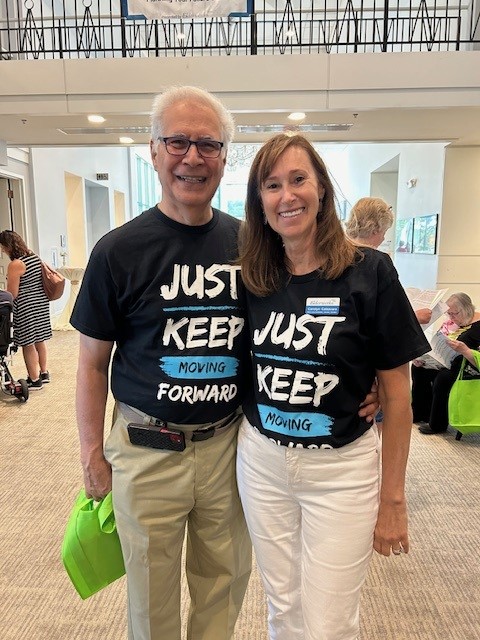
National Fall Prevention Awareness
Month: How Older Adults and Seniors Can Avoid Falls and Injuries
By Arlene Schiff, BS RN, DCCS-CI
Elderwerks Training Specialist
As we age, maintaining independence and staying active are
crucial for overall well-being. However, one of the greatest threats to this independence
is the risk of falls. Each year, thousands of older adults suffer from falls,
leading to serious injuries such as hip fractures, which can have life-altering
consequences. National Fall Prevention Awareness Month serves as a vital
reminder of the steps people can take to protect themselves from falls and
maintain their independence and quality of life.
According to the CDC, falls are a leading cause of injury
among older adults, with over 300,000 hip fractures resulting from falls each
year in the United States. Women are particularly vulnerable, accounting for
approximately 70% of these fractures. The impact of a fall goes beyond physical
injury; it can also lead to a loss of independence. Many older adults who
experience a hip fracture may never return to their previous level of mobility
and may require long-term care.
The good news is that falls are not an inevitable part of
aging. There are several proven strategies that can significantly reduce the
risk of falling.
Discuss your risk factors with your healthcare
provider. They can assess your overall health and your risk of falling. Make
sure you review your medications, they may suggest changes to reduce your risk
of dizziness or drowsiness, which are common side effects that can lead to
falls. In addition, ask about supplements, that can help strengthen your bones
and reduce the likelihood of a fracture in the event of a fall.
Osteoporosis, a condition that weakens bones, is a
significant risk factor for fractures. Regular screenings can detect
osteoporosis early, allowing for treatment that can strengthen bones and reduce
the risk of fractures.
Exercises that improve leg strength and balance can
be incredibly effective in preventing falls. These activities help enhance
coordination and stability, reducing the likelihood of stumbling or losing your
balance. Invite a friend and find a program you enjoy.
Vision and hearing play a critical role in
maintaining balance and spatial awareness. Regular eye exams and updated
prescriptions for glasses can help ensure that you see obstacles clearly.
Additionally, hearing loss has been linked to an increased
risk of falls. Wearing a hearing aid, if needed, can reduce this risk by
improving your awareness of your surroundings.
Your living environment should be as fall-proof as possible.
Remove tripping hazards like loose rugs, install grab bars in the bathroom, and
ensure staircases have sturdy railings on both sides. Proper lighting is also
essential—make sure your home is well-lit, especially in areas where you walk
frequently.
Falls can have a profound impact on an older adult's life,
leading to hospitalizations, loss of independence, and even death. The CDC's
MyMobility Plan and Still Going Strong campaign provide
valuable resources for older adults and their caregivers to create safer living
environments and reduce the risk of falls.
It's important to remember that falling once doubles the
risk of falling again. By taking proactive steps, such as talking to your
doctor, engaging in strength and balance exercises, and making your home safer,
you can significantly reduce your risk of falling and continue to enjoy a
fulfilling, independent life.